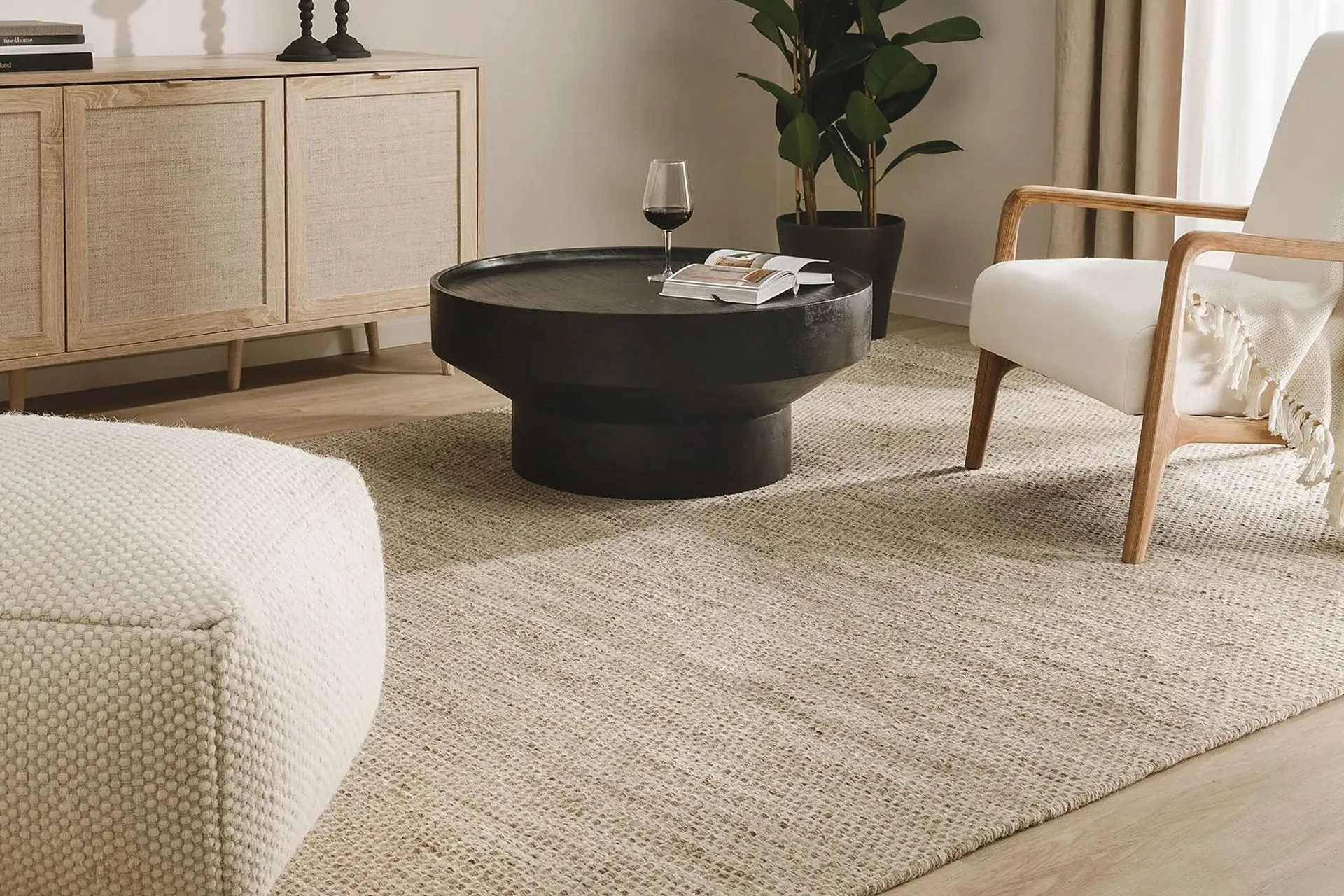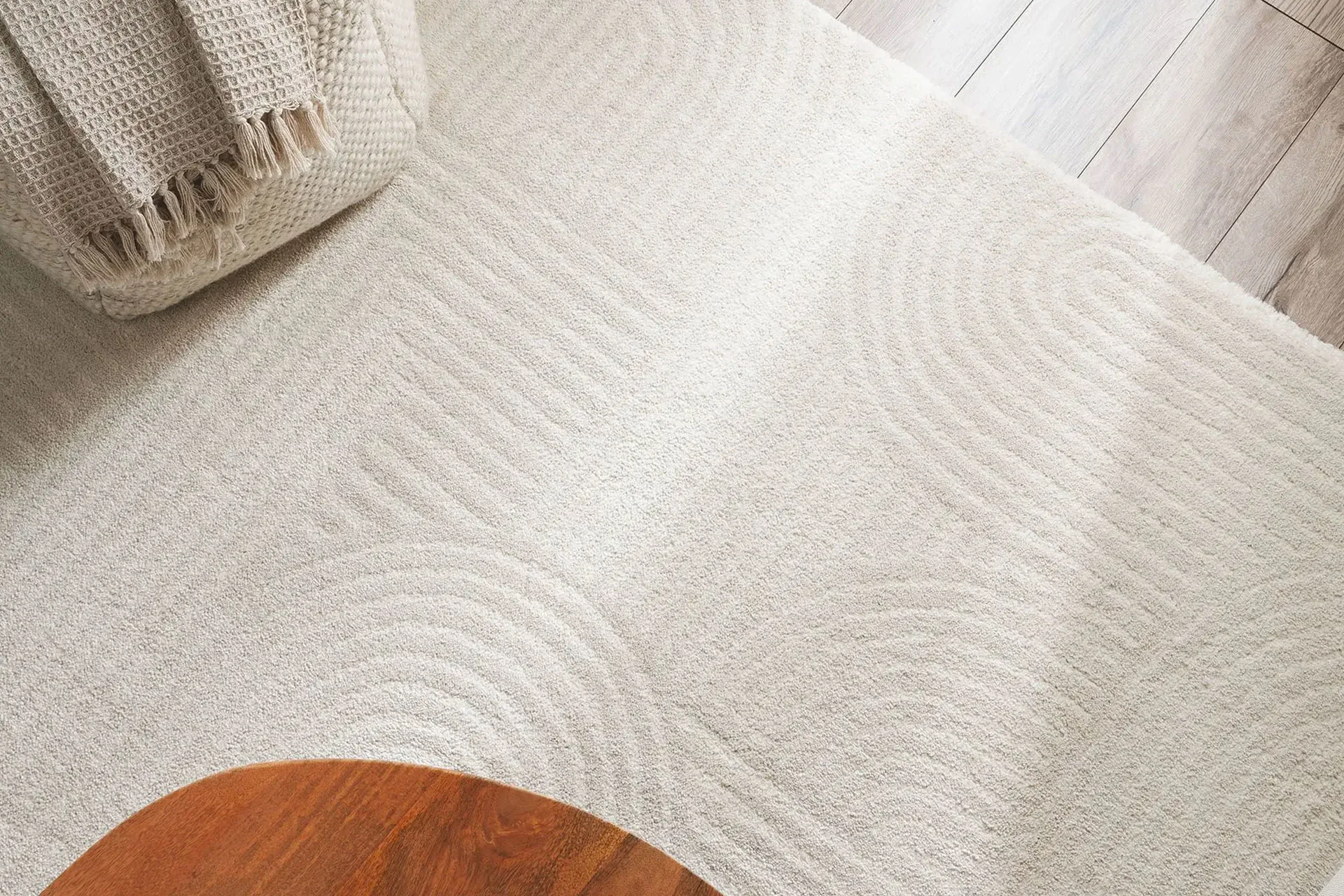Natural fibres
Natural fibres are divided in two categories, those of animal provenance and those of herbal provenance. While silk, new wool and leather rugs are of animal provenance, rugs made of cotton, jute, sisal and hemp are of herbal provenance. Viscose is in a special category since it is of herbal provenance but is produced synthetically.
Rugs made of natural fibres have become very popular, especially since critical consumers are agitating for environmental auditing. In a time where recources are running short, renewable resources are getting more important and which is the reason why natural fibres are so popular, they are not only available naturally, but can also be recycled. This results in a combination of modern design with sustainable resources.

